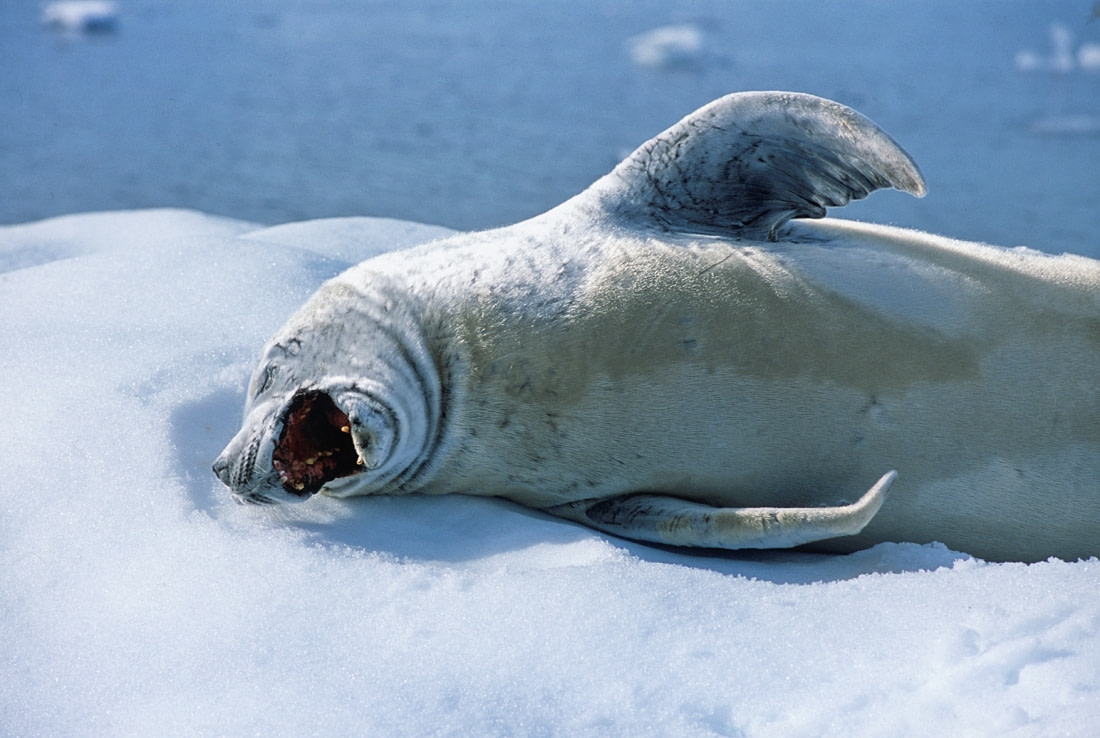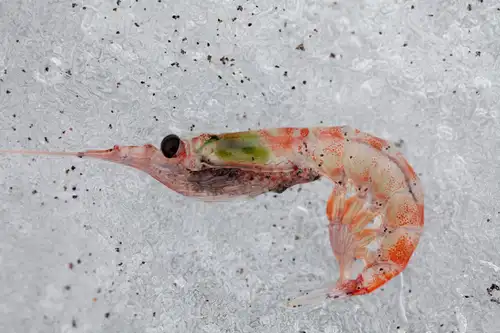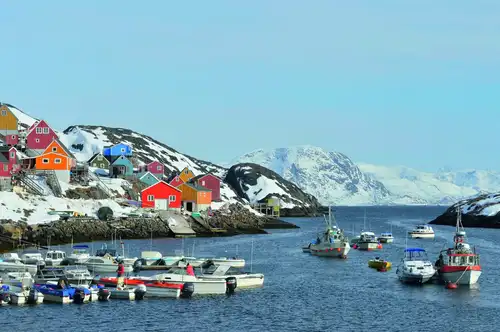The Ross Sea is one of the most stunning and untouched marine areas globally. This sea, which remains frozen for most of the year, spans 3.6 million square kilometers (1.4 million square miles) along the Antarctic coast south of New Zealand. Its waters harbor a biologically diverse ecosystem of species that have flourished, unchanged, for millennia.
Scientific history of the Ross Sea
The first vessels to navigate the Ross Sea were the HMS Erebus and Terror, under the command of Royal Navy Captain James Clark Ross in 1842. The period from the late 19th century to the early 1920s is known as the Heroic Age of Antarctic exploration. During this era, the Antarctic continent became a focal point for geographical exploration and scientific research. Notable expedition leaders of this age include Ernest Shackleton, Roald Amundsen, Douglas Mawson, and Robert Falcon Scott. Shackleton embarked on his Antarctic journey aboard the Nimrod in 1908, while Amundsen led the first expedition to reach the South Pole.
The expeditions of the Heroic Age laid the groundwork for scientific understanding of Antarctica, resulting in the Ross Sea having one of the longest histories of scientific research in the Southern Ocean, with records spanning over 170 years. This includes 50 years of continuous records of marine hydrography, Weddell seal demographics, Adélie and Emperor penguin population changes, and variations in Antarctic toothfish populations.

View to Mount Erebus - named after the HMS Erebus
Scientific uniqueness of the Ross Sea
The Ross Sea, including its continental shelf and slope, is ecologically and climatically unique. Notable features include:
- Its broad continental shelf (the most extensive in Antarctica);
- Extreme seasonality (complete darkness in winter);
- An extensive ice shelf (the largest in the world, covering half of the continental shelf);
- Significant vertical and horizontal water mass exchanges (creating a dynamic environment for a rich biota supported by some of the highest productivity in the Southern Ocean).
Due to these unique ecological and climatic factors, the Ross Sea is an ideal location for studying the evolution of marine species and understanding the biological impacts of climate change.

The Ross Ice Shelf
Bio-richness of the Ross Sea
The Ross Sea, despite making up only 3.2 percent of the Southern Ocean, is home to the highest global percentages of several species, including 50 percent of killer whales, 45 percent of Weddell seals, 38 percent of Adélie penguins, and 26 percent of Emperor penguins. Additionally, the Ross Sea is an Antarctic biodiversity hotspot due to its rich benthic invertebrate fauna, thousands of species, and numerous species of ancient lineage.
One species identified as a unique evolutionary case is the Notothenioids, or icefish. Icefish are highly prevalent in the Ross Sea and, despite lacking a swim bladder, inhabit many levels of the water column. Some species of icefish have achieved neutral buoyancy through reduced mineralization of their skeleton and increased fatty deposits. Icefish also produce an antifreeze glycoprotein that allows them to survive in the cold Antarctic waters. Fish in the Ross Sea have also evolved to endure the most inhospitable locations: a National Scientific Foundation-funded expedition drilling through the Whillans Ice Stream, a glacier flowing from the West Antarctic Ice Shelf to the Ross Ice Shelf, discovered fish and other aquatic animals living in perpetual darkness and cold beneath a 740-meter-thick ice roof.
This bio-richness results from a unique food web and upwelling regions in the Ross Sea:
- Unique food web: While primary producers (phytoplankton) in the lower trophic levels, including diatoms, haptophytes, dinoflagellates, and cryptophytes, are present, the smaller components of the microbial food web from tropical and subtropical regions are absent. This causes the mean size of the average primary producer to be larger, increasing the net transfer to the higher trophic levels.
- Upwelling regions of the Ross Sea: Upwelling is an oceanographic phenomenon involving the movement of cooler, denser, nutrient-rich waters towards the sea surface, replacing the nutrient-depleted surface waters. Upwelling regions promote positive primary productivity areas (phytoplankton blooms), allowing for greater diversity in organisms. This makes the Ross Sea a site of evolutionary significance with a higher level of diversity than many other polar regions.

Crabeater seal in Antarctic
As such, the Ross Sea needs to be treasured to ensure its biologically diverse ecosystem, which has thrived, unchanged, for thousands of years, remains unchanged forever.
Blog



Taking a polar expedition cruise delivers no shortage of show-stopping highlights, but one of the most exhilarating is lifting off from the ship in a helicopter and taking flight over the incomparable Antarctic wilderness.

Scenes from St. Andrews Bay: 12 Pics of Penguins, Seals, and More

11 Seals You May See in Antarctica or the Arctic

Two for the Snow: Polar Cruises for Couples

Six Must-See Svalbard Sites

Camping in Antarctica: a True Expedition Experience

Antarctic krill: Antarctica's Superfood

Book Recommendations for Your Polar Cruise

The Wonderful Weddell Sea: Places, Pics, and Impressions

Antarctica’s first Marine Protected Area

Why a Polar Diving Cruise Should be Your Next Great Decision

Amazing Greenland

The Evolving Shipboard Eco-traveler

Going Green: Ascension Island Sea Turtles

Polar Bear Sets Impressive New Diving Record

11 South Orkney Animals: Whales, Seabirds, and Penguins Aplenty

Wreck Diving in Antarctica

Seven Tips to Get the Most out of Your Expedition Cruise

Birding Opportunities Abound in Spitsbergen






